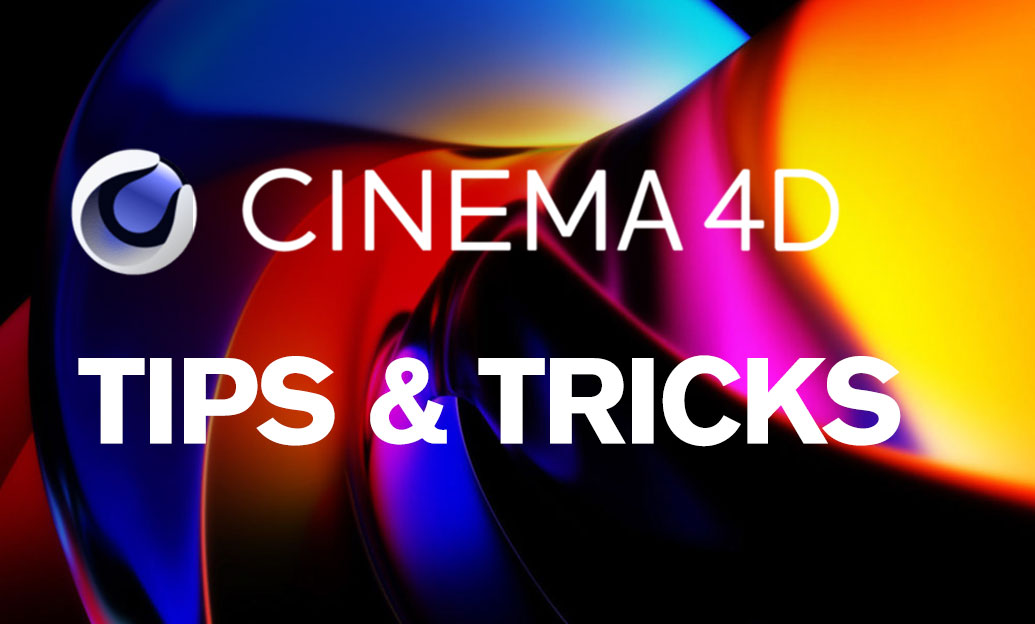Your Cart is Empty
Customer Testimonials
-
"Great customer service. The folks at Novedge were super helpful in navigating a somewhat complicated order including software upgrades and serial numbers in various stages of inactivity. They were friendly and helpful throughout the process.."
Ruben Ruckmark
"Quick & very helpful. We have been using Novedge for years and are very happy with their quick service when we need to make a purchase and excellent support resolving any issues."
Will Woodson
"Scott is the best. He reminds me about subscriptions dates, guides me in the correct direction for updates. He always responds promptly to me. He is literally the reason I continue to work with Novedge and will do so in the future."
Edward Mchugh
"Calvin Lok is “the man”. After my purchase of Sketchup 2021, he called me and provided step-by-step instructions to ease me through difficulties I was having with the setup of my new software."
Mike Borzage
V-Ray Tip: Creating Dynamic and Realistic Reflections in V-Ray Renders: A Guide to Advanced Material Settings
April 12, 2024 2 min read

Enhancing your renders with realistic reflections can significantly increase the level of realism in your V-Ray projects. Here are some insights into creating dynamic reflections using V-Ray materials:
- Understand the Basics: Reflections in V-Ray are controlled by the Reflection parameters in the material settings. Ensure that you have Reflection turned on and that you're using a high-quality reflection map if necessary.
- Use Fresnel Reflections: Enable the Fresnel option to simulate the way reflections behave in the real world, where the reflection strength changes with the viewing angle. This is particularly important for materials like glass and water.
- Vary Glossiness: The Glossiness parameter adjusts the sharpness of reflections. Lower values create blurred reflections, simulating rough surfaces, while higher values result in sharper reflections for smooth surfaces.
- Incorporate Reflection Maps: Reflection maps can add complexity to your materials. Use them to simulate variations in reflectivity, which is common in real-world materials that have imperfections.
- Reflection Depth: Keep an eye on the Reflection Depth setting, which determines how many times a ray will bounce. Higher values can lead to more realistic images but at the cost of increased render times.
- Use IOR: The Index of Refraction (IOR) is crucial for materials like glass. It controls how much light bends when entering a material and affects the reflectivity.
- Consider the Environment: Reflections are not just about the material itself but also what surrounds it. Use V-Ray's environment settings to provide appropriate reflection context.
- Optimize Render Settings: To optimize rendering times while still achieving high-quality reflections, use the 'Use interpolation' option within the Reflection settings, which can soften reflections slightly but reduce render times.
For more advanced tips and tricks on V-Ray materials, as well as other topics like optimizing render settings or achieving photorealism in visualizations, visit NOVEDGE. NOVEDGE is a top online store for design and manufacturing software, offering a wide range of products, including V-Ray, and resources to help professionals elevate their rendering skills.
Implement these tips to create more dynamic and realistic materials in your V-Ray renders, enhancing the overall quality and believability of your visualizations. Remember that the key to mastering reflections is to observe how materials behave in the real world and try to replicate those characteristics within V-Ray.
You can find all the V-Ray products on the NOVEDGE web site at this page.
Also in Design News

Cinema 4D Tip: Optimizing Visual Fidelity in Cinema 4D's Physical Renderer
September 12, 2025 3 min read
Read More
Bluebeam Tip: Maximize Workflow Efficiency with Dynamic Reports in Bluebeam Revu Using PDF Summary
September 12, 2025 2 min read
Read More
V-Ray Tip: Creating Realistic Water Materials in V-Ray: Essential Tips and Techniques
September 12, 2025 2 min read
Read MoreSubscribe
Sign up to get the latest on sales, new releases and more …


